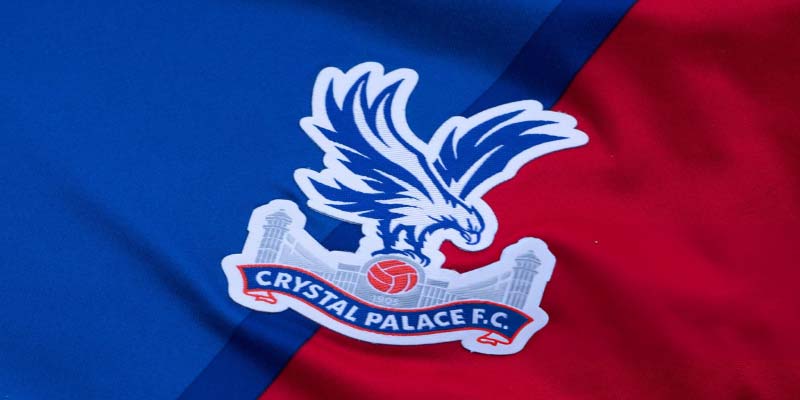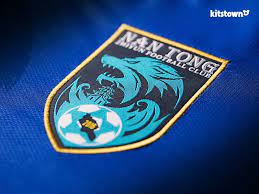
Crystal Palace FC: Secrets Behind South London’s Pride
Crystal Palace FC isn’t just a football club—it’s the beating heart of South London. Born in 1905, Palace has grown into a symbol of resilience, identity, and fierce local pride. From thrilling Premier League clashes to its unwavering fan base at Selhurst Park, the club weaves history and modern ambition into every matchday. Beyond the pitch, Crystal Palace FC echoes the voice of its community, shaping the cultural fabric of the borough it calls home. With a legacy built on passion and grit, this is more than just football—it’s a way of life in red and blue.
The Formation and Early Years of Crystal Palace FC
Crystal Palace FC was founded in 1905, initially conceived as a team for the workers at the Crystal Palace Exhibition. The club’s early years were defined by local competitions and amateur status, which laid the groundwork for its future development.
During these formative years, the club played its matches at various locations, eventually settling at Selhurst Park in 1924. This venue would become synonymous with the club and a fortress for its supporters.
The Early Competitive Journey
With its establishment in the Southern League, Crystal Palace FC quickly made a name for itself among local teams. The club’s early successes included winning the Southern League Championship and making significant strides in the FA Cup. These victories helped solidify its identity as a competitive force.
The commitment of both players and management during this era created a strong foundation for the future. It wasn’t just about winning; it was about building a community around the love of football. Supporters began to flock to Selhurst Park, fostering a passionate fan base that remains dedicated to this day.
Transitioning to Professionalism
In 1920, Crystal Palace FC took a crucial step towards professionalism by joining the Football League Third Division. This transition marked the beginning of a new chapter in the club’s history, allowing it to compete at higher levels and drawing more attention from fans and media alike.
During this time, the club faced challenges typical of many newly professional teams, including financial struggles and consistency in performance. However, persistence paid off as the club gradually climbed the ranks, showcasing talent and determination on the pitch.
The Second World War and Its Aftermath
Like many clubs, Crystal Palace FC faced disruptions during the Second World War. Matches were suspended, and player availability became an issue. Yet, the passion for the game kept the spirit alive, and after the war, the club resumed its ambitions.
The post-war period saw increased attendance, embracing a newfound appreciation for football in British society. Crystal Palace benefited from this wave, and the club’s fortunes began to rise, demonstrating resilience amidst adversity.
The Golden Era of the 1960s and 1970s
As the club moved through the 1960s and 1970s, it entered what could be considered a golden era. This period was marked by remarkable achievements and unforgettable moments that would define the essence of Crystal Palace FC.
Promotion to the First Division
One of the most notable accomplishments during this time was the promotion to the First Division (now known as the Premier League) in 1969. This achievement transformed the club’s status and provided new opportunities, allowing it to compete against some of the biggest names in English football.
The excitement generated by the promotion brought with it a surge in support from the fans. This was not just about football; it was a celebration of their home, a source of pride for the local community, and an essential part of the fabric of South London.
The FA Cup Final of 1976
The 1976 FA Cup Final remains one of the most iconic moments in the club’s history. Facing Manchester United, Crystal Palace showcased determination and resilience, pushing the match into a replay after a draw in the first encounter. Though they ultimately fell short in the rematch, the run to the final marked a watershed moment for the club and its supporters.
This experience wasn’t just about loss; it reinforced the idea that Crystal Palace could compete with the best. The club gained recognition and respect, illustrating the power of hard work and perseverance.
A Shift in Success
Following the highs of the 1970s, the club’s fortunes fluctuated during the late 70s and early 80s. Financial instability and managerial changes led to relegation battles. However, the tenacity shown by players and fans during this tumultuous time highlighted the unwavering loyalty inherent in the Crystal Palace ethos.
Amidst these struggles, the supporters remained loyal, creating a bond that transcended simple team affiliation. They demonstrated that football was more than just a game; it was a shared experience, a community rallying together through thick and thin.
The 1980s to 1990s: Trials and Triumphs
The subsequent decades brought a mixture of trials and triumphs for Crystal Palace FC, highlighting the volatility and unpredictability of football. This era saw the emergence of significant personalities and critical developments that would shape the club’s legacy.
The Arrival of Steve Coppell
Steve Coppell, a former player turned manager, had a profound impact on the club during the 1980s. His leadership brought stability, and he played a key role in promoting younger talent within the squad. Under his guidance, the club started to develop a distinct style of play, which resonated with the supporters.
Coppell’s tenure also showcased the importance of nurturing homegrown talent. Players like Mark Bright and Geoff Thomas became household names, further solidifying the connection between the club and its fans. It was a period where the community felt directly involved in the progress and success of the team.
The Ups and Downs of the 1990s
The 1990s were characterized by extreme highs and devastating lows. Crystal Palace FC reached the FA Cup Final again in 1990, facing Manchester United in a thrilling match that ended in a dramatic replay. Although they lost, the performance was commendable and highlighted the tenacity of the squad.
Yet, immediately following this high point, the club faced a crisis that resulted in relegation from the Premier League. This downward spiral impacted both the player roster and the fan experience. Many supporters were left disillusioned, yet the loyalty of the Palace faithful shone through, leading to an unwavering commitment to the club during this challenging period.
Resurrection and Rebuilding
The mid-90s saw a concerted effort to rebuild the club, focusing on restoring its position within English football. The appointment of new management and investment in the squad reflected a willingness to learn from past mistakes.
The emphasis on developing young talent persisted, culminating in a resurgence that rekindled hope within the fanbase. With a renewed sense of purpose, Crystal Palace FC began to re-establish itself as a fixture in the Championship and Premier League, gaining momentum towards the new millennium.



